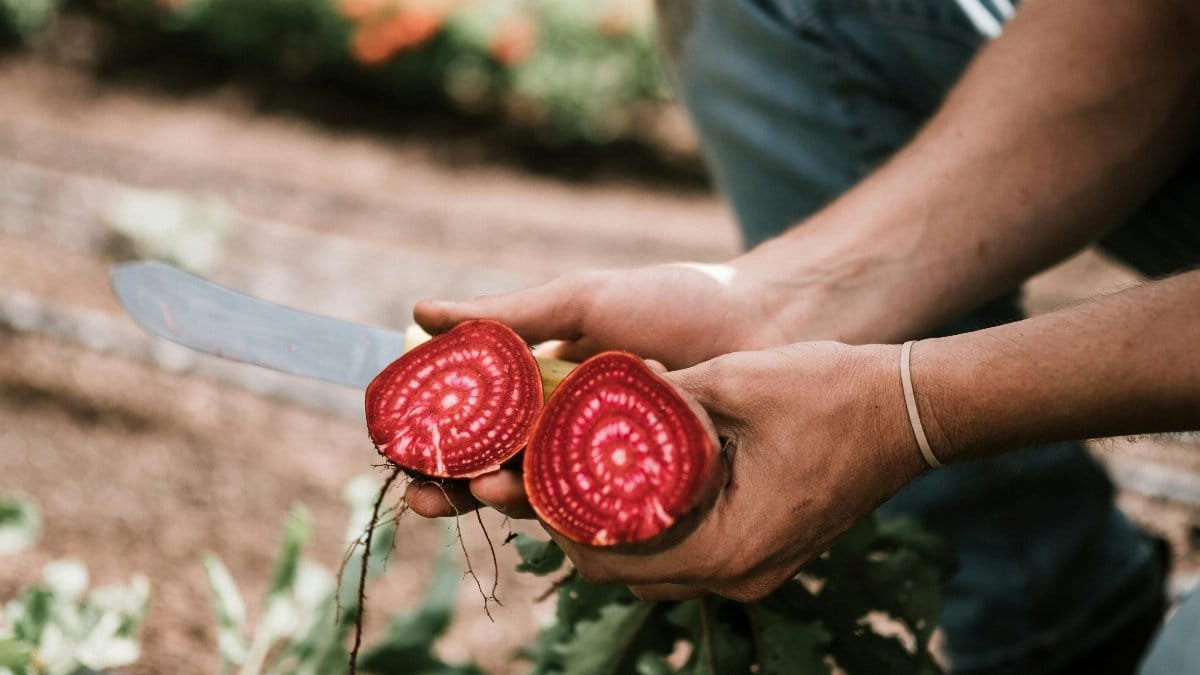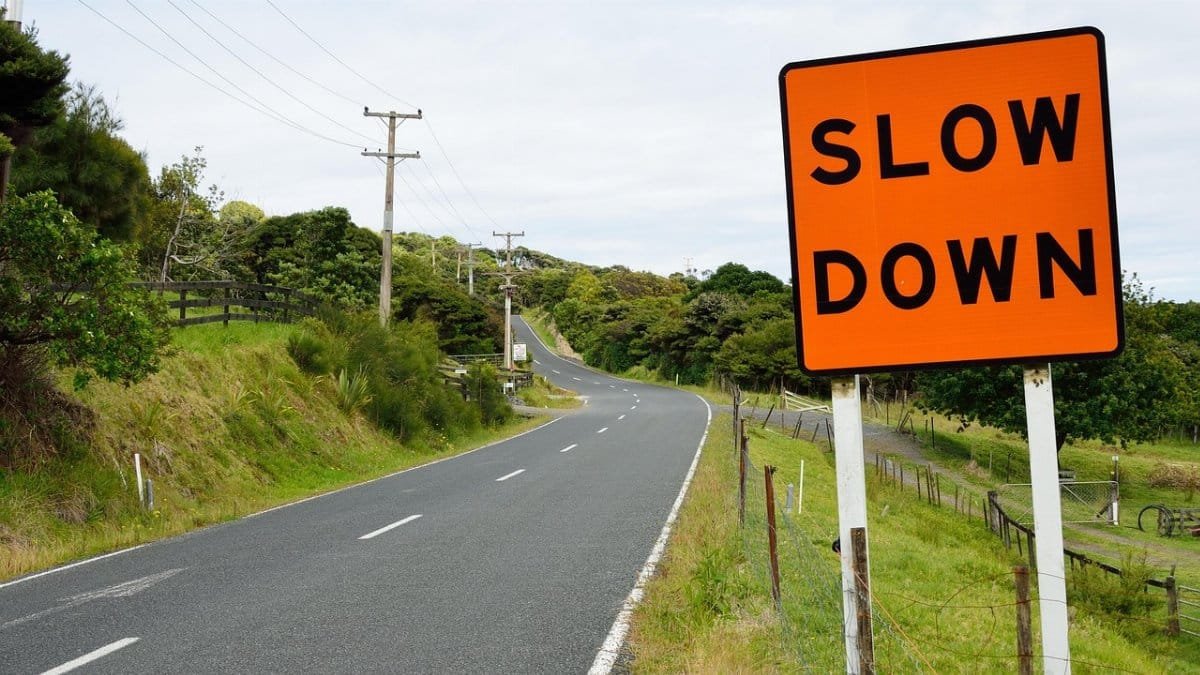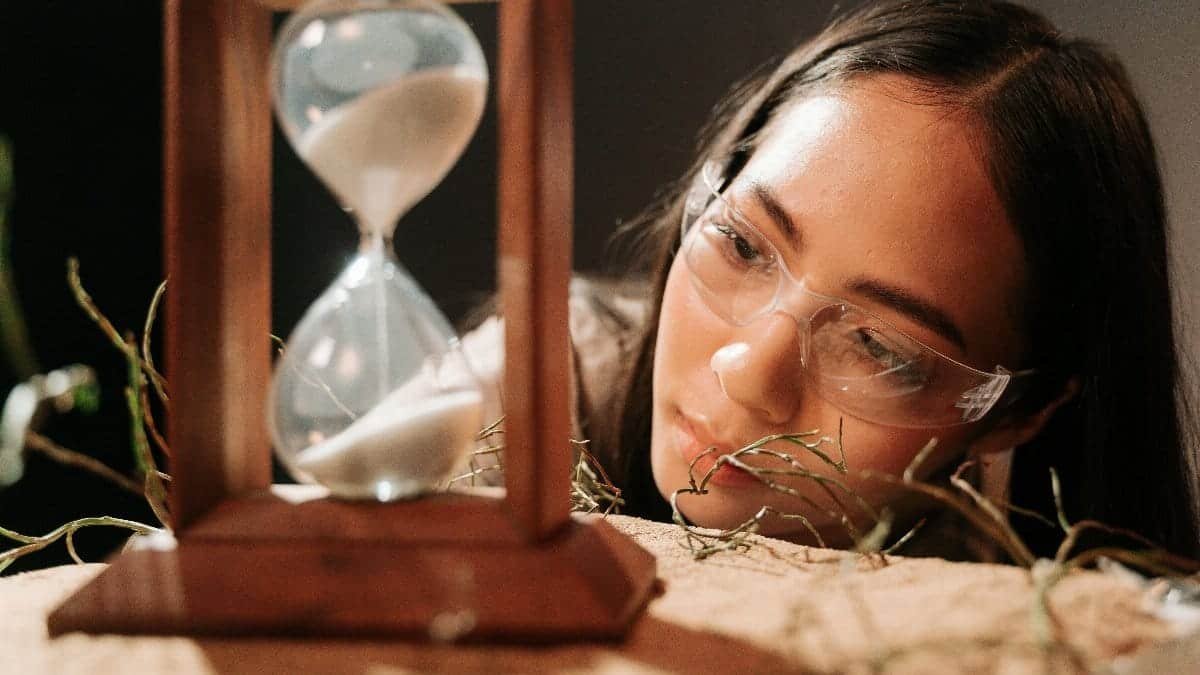Imagine a small backyard in suburban Ohio, where the morning dew still clings to blades of grass as a middle-aged woman kneels beside a modest vegetable patch. She’s not rushing to harvest or prune. Instead, she’s simply watching a bumblebee hover over a zucchini blossom, her hands still, her breath steady. This quiet act embodies the slow gardening mindful revolution—a movement gaining traction across the U.S. as people seek respite from a world that demands constant speed. It’s not just about growing plants; it’s about growing patience, presence, and a deeper connection to the earth. In 2025, with stress levels still climbing amid digital overload and economic uncertainty, more Americans are turning to their gardens not for perfection, but for peace. This isn’t a fleeting trend. It’s a deliberate pushback against the hustle, a way to reclaim time and meaning through dirt-stained hands and unhurried moments. How did we get here, and what does this revolution reveal about our collective longing for balance? Let’s explore the roots and reach of this quiet uprising.
The Roots of Slow Gardening

What began as a niche idea among eco-conscious circles has blossomed into a broader cultural shift. Slow gardening draws inspiration from the broader “slow living” movement, which prioritizes intentionality over productivity. Unlike traditional gardening—often focused on yield or aesthetics—this approach values the process over the outcome. It’s about noticing the texture of soil between fingers, the faint rustle of leaves in a breeze, or the gradual unfurling of a seedling. The term itself started gaining traction in online communities and local workshops around the early 2010s, though its ethos echoes centuries-old practices of tending land with reverence.
Today, it resonates especially with middle-aged Americans who’ve lived through decades of “faster is better” messaging. Many are burned out from juggling careers, caregiving, and endless notifications. A 2023 report from the Pew Research Center noted that over 60% of adults aged 40-59 report feeling overwhelmed by daily demands. Slow gardening offers a tangible antidote—a space where time slows, even if just for an hour.
A Rebellion Against Speed

The slow gardening mindful revolution isn’t just a hobby; it’s a quiet act of defiance. Our culture glorifies efficiency—think of the apps promising to optimize every minute or the pressure to turn even leisure into a side hustle. Gardening, for many, became another task to conquer, with perfectly curated Instagram plots or competitive yields at farmers’ markets. But this movement flips that script. It says: stop. Breathe. Let the weeds grow a little longer if it means you’re truly present.
Take the story of a retiree in North Carolina, shared in a community newsletter. After years of corporate deadlines, he started tending a small herb garden—not for show, but to feel grounded. “I used to rush everything,” he admitted. “Now, I’ll sit for 20 minutes just watching the basil grow. It’s the only place I don’t feel pushed.” His words capture a sentiment echoed across the country: the garden as a sanctuary from speed.
Mindfulness in the Mud

At its core, slow gardening is a mindfulness practice disguised as manual labor. Studies, like one from the National Institutes of Health, have shown that gardening reduces cortisol levels and boosts mood, often more effectively than other leisure activities. But the “slow” aspect amplifies this. It’s not about planting as much as possible in one afternoon. It’s about savoring each step—feeling the cool dampness of earth, listening to birdsong, or noticing how sunlight shifts across a bed of marigolds.
This intentional focus creates a meditative state. One woman, reflecting in an online discussion last year, described her garden as “the only place my mind stops racing.” She wasn’t chasing a perfect harvest; she was chasing calm. That distinction matters. In 2025, as mindfulness apps and wellness trends proliferate, slow gardening stands out as a low-cost, accessible way to anchor oneself in the present—no subscription required.
Community in the Soil

Beyond personal peace, the slow gardening mindful revolution fosters connection. Community gardens, popping up in cities from Detroit to Portland, are often grounded in this ethos. They’re not just about shared plots; they’re about shared time. Neighbors swap stories over tomato vines or linger after a morning of weeding to discuss life, not just gardening tips. These spaces counter the isolation that’s crept into many American lives, especially post-pandemic.
A striking example comes from a small urban garden in Chicago. On a humid July morning, a group of volunteers—ranging from a 30-something artist to a 60-year-old teacher—gathered to tend raised beds. No one checked their phones. Instead, they laughed over a stubbornly crooked carrot and debated the best way to compost. That unhurried camaraderie is the heartbeat of this movement. It’s not flashy, but it’s powerful.
Challenges of Slowing Down

Of course, embracing this pace isn’t always easy. For every person who finds solace in slow gardening, another struggles with the guilt of “wasting” time. Our society often equates busyness with worth, and stepping away from that can feel unsettling. What if the garden doesn’t produce much? What if the hours spent simply observing feel indulgent? These tensions are real, especially for those balancing tight schedules or financial pressures.
Then there’s the learning curve. Gardening, even at a leisurely pace, demands patience and resilience. Plants die. Pests invade. Weather disrupts. A 2024 survey by the U.S. Department of Agriculture found that nearly 40% of new gardeners abandon their efforts within a year, often citing frustration. The slow approach helps, encouraging acceptance over perfection, but it’s not a cure-all. It asks for a mindset shift—a willingness to see failure as part of the rhythm.
A Path to Wider Balance

What does the slow gardening mindful revolution teach us beyond the garden gate? Perhaps it’s a blueprint for reimagining balance in other corners of life. If we can slow down while pulling weeds, might we also slow down in conversations, in decision-making, in how we measure a day’s success? The movement hints at a broader cultural need—one that’s evident in 2025 as burnout remains a persistent topic in workplaces and homes alike.
Consider the data: a recent study from Gallup found that stress among U.S. workers hit a record high last year, with many citing a lack of control over their time. Slow gardening, in its simplicity, offers a reclaiming of that control. It’s a reminder that not every moment needs to be optimized. Some are best spent watching a butterfly land on a leaf, or feeling the weight of a trowel in hand, with no agenda beyond being there.
The Future of a Quiet Revolution

As this movement grows, its impact could ripple further. Schools are beginning to integrate slow gardening principles into curricula, teaching kids not just about ecology but about patience. Urban planners are prioritizing green spaces where hurried city dwellers can pause. Even workplaces—yes, the bastions of productivity—are exploring onsite gardens as stress-relief zones. These shifts, while small, suggest a future where slowing down isn’t just personal, but systemic.
Yet the heart of the slow gardening mindful revolution remains individual. It’s in the choice to step outside, to dig into the earth with no deadline in sight. It’s in the realization that growth—whether of a plant or a person—can’t be rushed. For middle-aged Americans, especially, who’ve spent decades chasing milestones, this offers a different kind of achievement: the quiet victory of simply being present. And in a world that rarely stops, that might be the most revolutionary act of all.
Related Post: 11 Innovative Ways to Practice Mindfulness Daily
